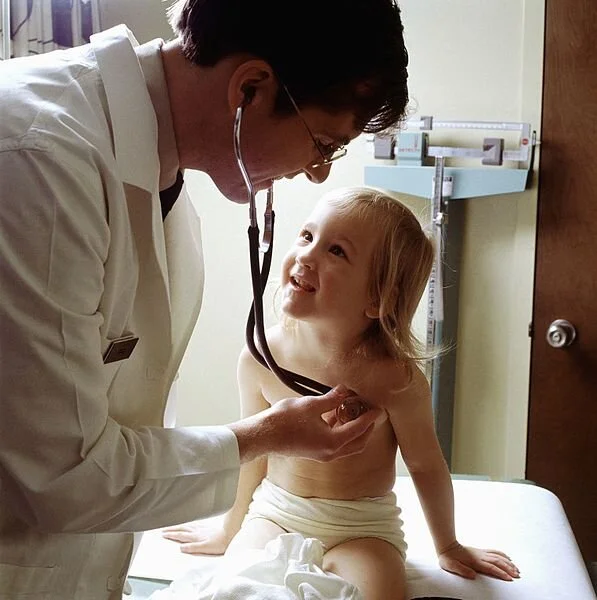It’s appropriate that the last article for this year (probably) is all about the UK National Health Service, given how central that organization and its equivalents all around the world have been in 2020.
A few weeks now have passed since the HCSA (Healthcare Supplies Association) annual conference. I should have been speaking live in front of 500 people in Harrogate but of course it all went virtual – with some success, I should say. And it was interesting to see how much focus there was on issues around sustainability and what could be defined as procurement with purpose.
One session looked at “NHS de-carbonisation” – how what is one of the largest single employers in the world is going to move towards carbon neutrality. The direct carbon footprint should be net zero by 2040 and the footprint “Plus”, which includes the wider supply chain, by 2045. These targets aren’t as aggressive as those adopted by some organisations, but given the size, complexity and particular issues faced by the NHS, they will still be challenging.
The first relevant discussions at the event were largely around fleet and transport. Apparently 80% of NHS direct emissions are linked to staff transport, which seems an incredibly high number. So the first essential discussed was the need to “know your data” - who is driving, what mileage do they do and so on. Business travel has heavily moved away from train to cars during the pandemic of course, which is not good for emissions. There are other issues when staff use their own cars brings, as their cars may be old and bad performers in terms of environmental issues.
Anyway, once you understand the data, you can manage demand and scope a solution. Stakeholder engagement is key, not just the drivers but HR, finance, sustainability teams and procurement. Once a solution is identified then you can implement the changes. Options include green vehicles, salary sacrifice schemes, which can have tax advantages, car clubs and more.
One issue that hadn’t occurred to me is the electrical capacity of health sites (such as hospitals). If there are lots of electric vehicles on charge, there might not be enough capacity and the site will have to look at its infrastructure – but it can be hard to organise more capacity even if you are prepared to pay for it. So you might need to look at demand management, perhaps charging batteries overnight.
There was also some discussion of IT from an energy use perspective, and a story of a computer that was running with a “do not touch” notice pinned to it. Nobody actually knew what it was running; eventually somebody worked out that it was doing something that had pretty much no value, but it been burning power for years! The NHS will also look at using green tariffs, and direct power purchase agreements for a longer period of time can be worth considering – or maybe hospitals should be looking at their own generation, solar power panels on the roof, windmills in the car park, or maybe a hydrogen generator or two?
Then we had a very powerful session from Clare Nash. She is Head of Clinical Products Management at a Midlands Trust and having qualified as a nurse originally has for some time worked at the vital interface between procurement and clinicians and their work. The climate emergency is also a health emergency, she pointed out, and of course many people in NHS supply chain and procurement roles literally make life and death decisions regularly, as do the clinicians.
She moved on to PPE (personal protective equipment), saying that through the pandemic, there have been far too many occasions when unsuitable products were supplied to front line staff. And the quantities used this year have been astonishing. In six months, one hospital used a million more gloves than the previous year, 1.2 million additional masks and 120,000 more gowns. And unfortunately, all were single-use, and much PPE is not generally recyclable.
However, some positive work is underway in terms of reducing waste. Re-usable face masks are being tested, and another project is looking at reusable gowns and aprons, although it may be that the standards required mean front-line use will be challenging. But perhaps items could be re-used in the less sensitive areas?
Nash reminded us of the approach needed in terms of sustainability – re-use, reduce, recycle, re-purpose. We probably haven’t had these issues around waste, the environment and emissions at the top of the NHS priority list this year, for understandable reasons. But as we all see masks discarded on paths and roads as we take our daily walks, these issues of waste, emissions and plastics are critical challenges that aren’t going away. So it was good to hear from someone who is clearly passionate and knowledgeable about the issues, and is contributing - we can hope - to a more sustainable future.
